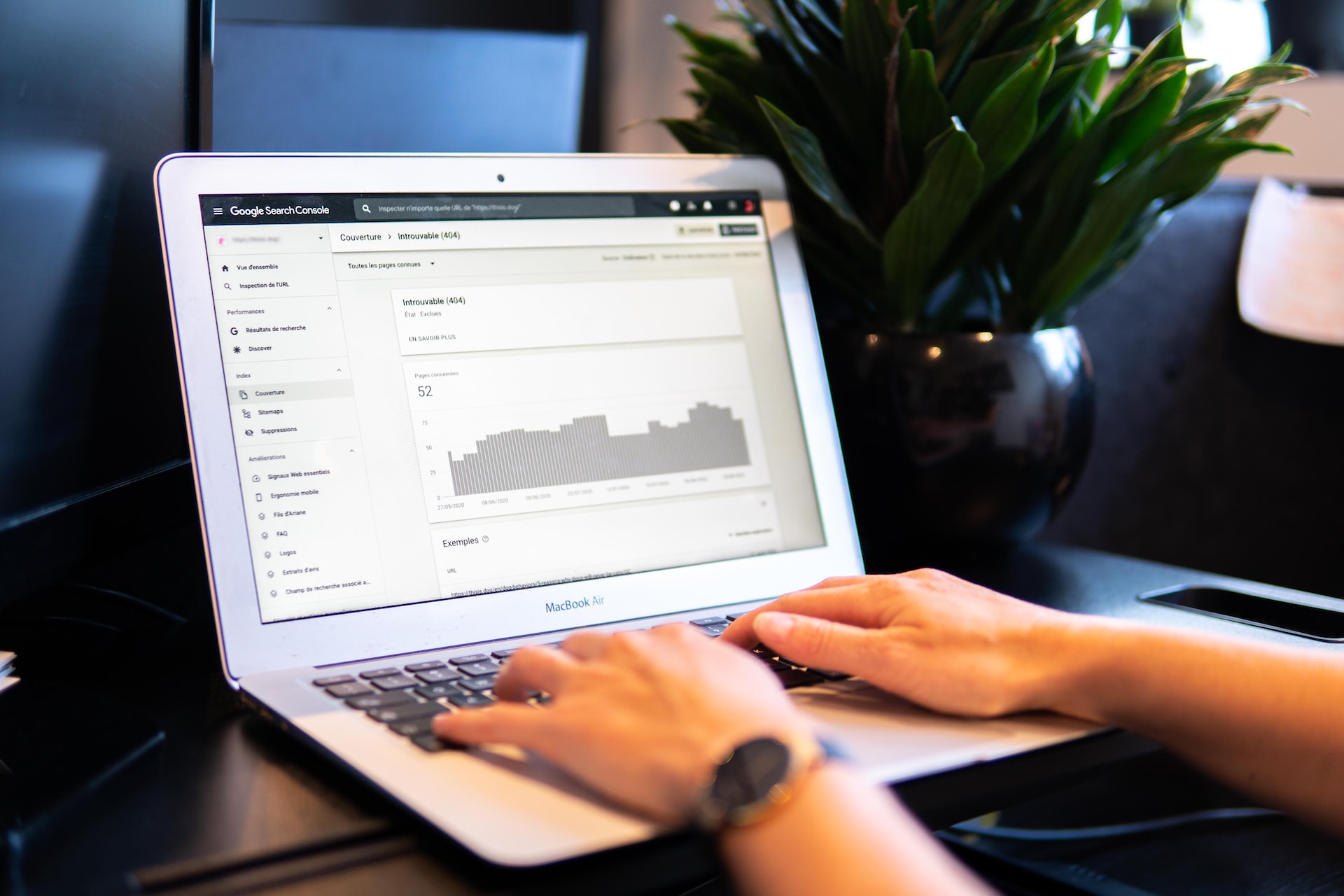Kantar Vermeer studied the role of the insights engine in their report Insights2020. It involved interviews and surveys of more than 10,000 business professionals worldwide. Many factors drive customer-centric growth but they found that nothing mattered more than a firm’s insights engine.
What is your long-term advantage as a market research firm? Lean processes, high-innovation tech solutions, niche knowledge expertise, could help you outrun competitors. But those are table stakes today. The new source of competitive advantage is customer centricity: deeply understanding your customers’ needs and fulfilling them better than anyone else. And data helps you accomplish this.
This alchemy needs smart organizational capabilities. Let’s call it the “insights engine.” This is embodied in their insights and analytics function (I&A).
A quick aside
Many things contributed to the Titanic’s shipwreck. Faulty design, material flaws, safety regulations, not enough lifeboats, etc. The captain missed the cold weather and the high velocity. Nobody paid attention to the warning signs. Of the estimated 2,224 crew afloat, a good 1500 people died. The proverbial ‘iceberg effect’ is not at all cliche considering the logistical disaster. It’s when the ratio between what you can control over what you cannot is askew.
But 107-year-old news is no news at all. Let’s get down to where insights capabilities come in. There were some barefaced problems with the whole Titanic deal. If the logistics were taken care of in the first place and had they hired someone to do some simple math, the tragedy would have actually been a poetic triumph. Or even better, they could have used the furniture they already have to keep everyone afloat until Carpathia came to the rescue. Psychologists term it a ‘cognitive dissonance’ when one cannot find the obvious solutions to problems or when one can’t ask the right questions, to begin with.
Insights as a way of life
In David Wallace’s commencement speech ‘What is Water’ speech he points out certain trenches of adult day-to-day existence. This essentially calls out the hamster-wheel of going through the motions of work. He narrates a tale of two fish crossing paths and exchanging pleasantries when something interesting happens. Fish A asks Fish B how the water is. And the other stares wondering what water was in the first place. And the only way to counter this obliviousness while going about your daily tasks is to not lose the wonder.
Without curiosity and wonder, research is just rote work and insights are impotent. But to be in a constant state of wonder, building capabilities is the first step. That way, you remove the hard work that involves finding inspiration, and in our case, insights. Asking the right questions comes naturally when you’re operating at such levels of awareness.
Capabilities of the insights engine
Capabilities may be both human and non-human. According to Davenport’s DELTA model, the capabilities for analytical maturity are:
- D- Accessible, high-quality DATA
- E- an ENTERPRISE orientation
- L- analytical LEADERSHIP
- T- a long-term strategic TARGET
- A- a cadre of ANALYSTS
While the capabilities are the means to an end, remember, our goal is to delve into insights that make a difference in the market.
Success and failure
You need not have the hottest tech in town if you can put to use what you already have in How did David with only a sling and five stones from a brook defeat the Philistine giant Goliath? Why did the ‘unsinkable ship of dreams’, the Titanic sink to the depths of the Atlantic Ocean on April 15, 1912, on its maiden voyage? And why do organizations big or small, even after investing millions of dollars in their analytical efforts are not able to extract true value?
The answer varies across texts, situations or circumstances, and expert opinions. Some may even go to the extent of attributing it to the Dunning-Kruger effect or dismiss it as a self-fulfilling prophecy.
A simpler explanation for analytical efforts not yielding value or being viable lies in an incorrect assessment of the current state. Before we understand if the analytical efforts are viable, it is prudent to understand if it is in line with the analytical maturity of the organization. This piques the question:
How do you understand your current I&A maturity?
Mines of data per se are of no value. What distinguishes success from failure depends on your ability to:
- convert data into actionable insights
- use these insights into business strategy and execution
The stages of analytical maturity:
Stage 1: The analytically impaired
At the bottom of the hierarchy where the organization lacks the basics for serious analytical work, namely, data, analytical skills, or senior management interest.
Stage 2: With localized analytics
There are only pockets of analytical activity within the org, which are neither coordinated nor focused on strategic targets.
Stage 3: With analytical aspirations
The organization foresees an analytical future. It has both the ability and the initiative but progress is slow as they might be lacking in a crucial factor of the analytics process.
Stage 4: Is an analytical company
The organization has both human and other resources that engage regularly in analytics, and as a result, realizes the benefits of it. But the strategic focus is still not a competitive advantage.
Stage 5: Is an analytical competitor
Predictive analysis is a competitive advantage. It takes an enterprise-wide approach, has committed and involved leadership, and has achieved large-scale results.
Working on what matters
Arming your team with insights and analytics capabilities gives you a certain edge to work on stuff that matters. Moving up these stages of analytical maturity may need not always be linear. The i2020 found that a good insights engine can surgically carve out predictive analysis and real-world solutions for you. As a research analyst, it’ll probably help if you asked yourself the following questions your work every day: ‘Where to play?’, ‘How to win:’, and ‘What’s next?’

